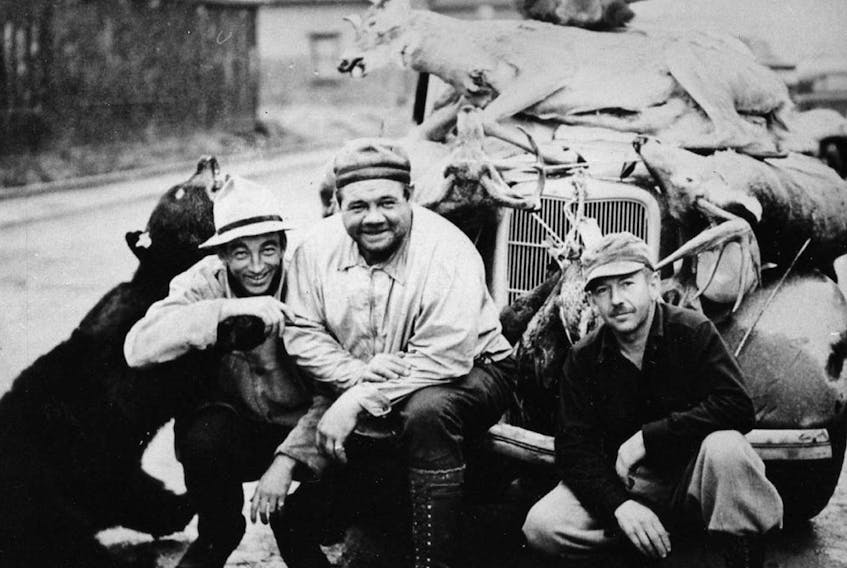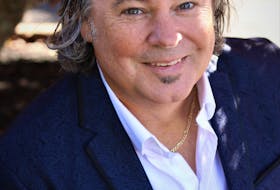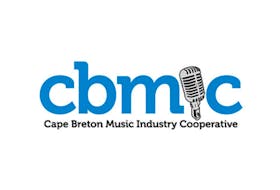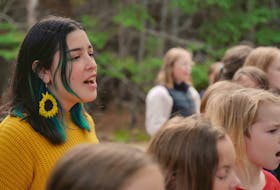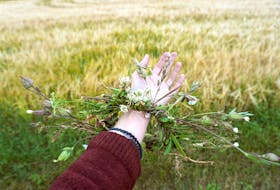The world is in the throes of a global viral illness — COVID-19 — with serious consequences. In addition to the health issues and deaths of thousands, economies have been sent into disarray and the whole fabric of society has been sent asunder.
This has happened before and countless stories have been written about it in the past few weeks.
Humans are undaunting and relentless in their skill at survival. Once we get past the survival stage, things start to improve. Our competitive nature returns and sports will rebound, and there’s nothing better than a good rebound.

The Spanish flu, the deadliest of modern pandemics, spanned from 1918-19 and snuck along in some countries until 1920.
It stopped the Stanley Cup playoff final on April 1, 1919 prior to a deciding game between Montreal and Seattle. By that fall hockey was back and in 1920, Ottawa beat Seattle 3-2 in a best-of-five series. Ironically Ottawa won the series in the Toronto Arena Gardens because unseasonably warm weather and poor ice conditions forced the last two contests to be moved out of Ottawa.
Influenza didn't curtail the 1920 playoffs, but warm weather almost did.
The 1918 World Series was played earlier that year but not due to the lurking pandemic. The regular season ended on Sept. 1 due to the “work or fight” law imposed by the federal government.
The Boston Red Sox, with the great Babe Ruth, defeated the Chicago Cubs 4-2. Ruth himself survived two flu attacks including one requiring being rushed to hospital. Within a few months, a number of players and officials succumbed to the flu, but the season restarted in 1919.
The 1919 World Series saw the Cubs return and lose to the Cincinnati Reds. The series went down in history because seven players were accused of conspiring to throw the series for money in a scheme with gamblers including Arnold Rothstein, a reputed mob kingpin in New York City.
To add more controversy to the post-pandemic series at the end of the 1919 season, Boston owner Harry Frazee sold the multitalented but troublesome Babe Ruth to the New York Yankees.

The Red Sox wouldn't win another Fall Classic until 86 years later, while Ruth and the Yankees went on to win four World Series championships.
Ruth credits a priest, Brother Mathias, at the St. Mary's Industrial School for Boys in Baltimore, as the man who taught him how to read and write, and hit, throw and field the ball.

The "greatest man I've ever known" for the greatest ballplayer, was born Martin Leo Boutilier in Lingan, Cape Breton.
Many historians acknowledge without Brother Mathias (Boutilier) there would have been no Bambino. After retiring, Ruth came to Nova Scotia numerous times to go hunting and golfing. Anything was fair game to the father of the “live ball” era of baseball.
In the late 1910s, boxing was becoming one of the biggest sports worldwide. A much-hyped heavyweight match between Jack Dempsey and Barney Lebrowitz was postponed due to the flu, but eventually took place in Philadelphia in November 1918. Dempsey finished the Battling Levinsky in the third. He fought six fights between January and July 1919 culminating with the world heavyweight title in a win over Jesse Williard.
Dempsey became one of the top 10 fighters of all time and retired in 1927. He spent a great deal of time touring and talking boxing and visited Cape Breton in later years to take in our own local fight scene.
Canada's first boxing appearance at the Olympics was in 1920 at Antwerp, Belgium. The games were held without a hitch at the tail end of the influenza pandemic.
Canadians took home five boxing medals (our most ever) including one of our only three ever gold boxing medals for Albert Schneider. That same year Joe Uvanni moved to Sydney's Whitney Pier from the Bronx, New York to begin training young lads in the fundamentals of boxing. One of our greatest and most influential trainers, Johnny Nemis of New Waterford, started his boxing career with Uvanni 100 years ago this year and one year after the Spanish flu pandemic ended.
Paul MacDougall is local writer and senior instructor in health sciences at Cape Breton University.

